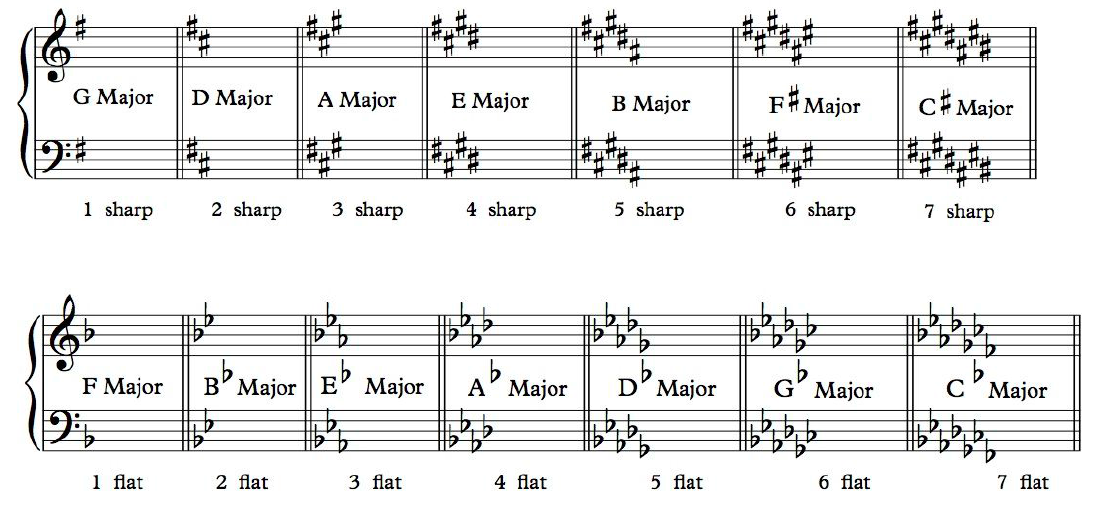Music theory is like the hidden framework beneath the songs you love, unraveling how they create their magic in 2023.
But don’t worry, music theory is not just about the past – it’s a roadmap to your musical future.
Learning music theory is a key part of your musical growth, even though it might feel a bit overwhelming at first. With so much information out there, it’s tough to figure out where to begin.
That’s why we’ve crafted the ultimate beginner’s guide to learning music theory in 2023. Our goal is to help you grasp the basics with ease, so you can start using them in your own musical creations right away.
What exactly is music theory?
Music theory serves as the language through which musicians dissect and articulate the auditory elements within a musical piece.
It establishes the fundamental principles of music, offering musicians a structured medium to exchange their creative concepts.
Feel free to utilize the left-side navigation bar to delve into the fundamental principles encompassing music theory.
What are the benefits of learning music theory?
Music theory might seem academic and restrictive, but it’s actually quite the opposite. All musicians can benefit from learning some aspects of it.
Understanding music theory helps you improve on your instrument, write better songs, and overcome creative hurdles.
The best part is, you don’t need an expensive teacher or formal education to grasp it.
You can learn important music theory on your own and apply it to your everyday music practice for great results.
1. Learning the fundamentals of music
To dive into music theory, begin with the absolute essentials.
These are the foundational elements shared by all musical compositions.
You likely already understand these concepts intuitively, even without the technical terms.
The central pillars of music theory are:
– Melody
– Harmony
– Rhythm
Check out these posts to start dissecting these concepts or refresh your understanding within a music theory framework.
2. Music theory fundamentals
Your introduction to music theory starts with the basics.
“Basics” might sound formal, but don’t be intimidated.
These basics are the practical application of music theory – they underlie the musical techniques you use every day, regardless of your instrument.
The core basics of music theory are:
– Scales
– Chords
– Keys
– Notation
Each of these is a comprehensive topic with significant subtopics to explore, especially if your aim is to enhance your songwriting.
While I’ll delve into each of them in detail later in this article, let’s begin with some introductory essentials for each concept if you’re starting from scratch.
3. Music notation reading
Music notation decodes music theory. Learning its language builds your theory foundation. It links what you hear to what you play, speeding up your creative process. Reading music enhances theory skills, aiding in writing, performing, and understanding music.
Notation was crafted to explain the sound. Master it to improve communication between musicians.
4. Chords are how notes interact with one another
This passage talks about moving from building basic theoretical knowledge to exploring key aspects of musical practice. It introduces chords as essential elements of harmony, formed by combining pleasant-sounding pitches. Intervals, which signify pitch relationships between two notes, influence the quality of a chord. While major and minor chords are common, there are other variations. How notes are structured within a chord and how different chords work together greatly shape a song’s unique feel and identity.
Creating chord progressions by combining chords is a fundamental aspect of songwriting. Such sequences of pleasing chords are known as chord progressions. Improving the skill of crafting and arranging chords comes with learning theoretical musicology, including various chord-related concepts. Our chord resources encompass everything from constructing basic chord shapes and initiating chord progressions to enhancing complexity with extended chords.
5. Scales are the foundation of any melody
Scales are vital in music, serving as the foundation for melodies. They consist of notes arranged with specific tone and semitone patterns, influencing a scale’s sound and its use in songs. Diverse scales evoke varied moods and allow for different melodies. Basic scales include major and minor, each following distinct patterns. However, numerous other scales exist, each with its own melodic character. Just like chords, scales significantly shape a song’s sonic identity. Understanding scales and chords is crucial for music creation.
6. Music keys and key signatures
A musical key establishes the set of pitches used in a composition and shapes its major or minor scale. This key is determined by a key signature containing sharps or flats. The signature appears at the start of the music and guides alterations to notes. Keys provide the harmonic and melodic foundation for a song, helping musicians know which notes to play together. Songs might shift from one key to another, known as a key change. The circle of fifths can help identify a key’s name and root note based on its sharps and flats pattern.
7. Rhythm is a song’s pulse
Rhythm is a fundamental aspect of music, and while we’ve touched on its basics, it’s crucial to delve deeper due to its significance in modern music. Understanding rhythm well can greatly enhance your musical abilities. In your digital audio workstation (DAW), beats are representations of rhythms in the piano roll. If arranging rhythms in your DAW is unfamiliar, there’s a guide available. You can also reintroduce a human-like rhythm using DAW swing. While standard straight rhythms form the basis of most beats, exploring polyrhythms adds complexity to your rhythmic sense. Polyrhythms merge various rhythmic patterns, and our comprehensive explanation makes incorporating them into your songwriting a straightforward process.
8. Ear conditioning
Music theory might appear abstract, yet it gains practical relevance through ear training. This involves recognizing musical elements like intervals, chords, melodies, and rhythms by ear. With practice, you can distinguish these features without visual aid. This skill enhances your comprehension of the music you listen to and aids your songwriting process by honing your intuition. Strengthen your songwriter’s instinct by following your ear through ear training.
9. Structure and shape
While many believe music theory in 2023 only focuses on individual notes and chords, analyzing the composition as a whole is equally crucial. Music theory in 2023 examines the form and structure of a piece, shaping its progression. Elements like verses, choruses, and bridges create anticipation for musical idea evolution. Improving songwriting through music theory involves understanding structure. Fortunately, mastering pop music’s song structure isn’t challenging for most producers.
Conclusion
Discovering music theory in 2023 is your path to musical advancement. While it might seem technical and unexciting at first, the rewards for enhancing your music are well worth the effort. As you start, you’ll realize there’s nothing to fear. Let this guide help you take your first steps on your journey into music theory.



